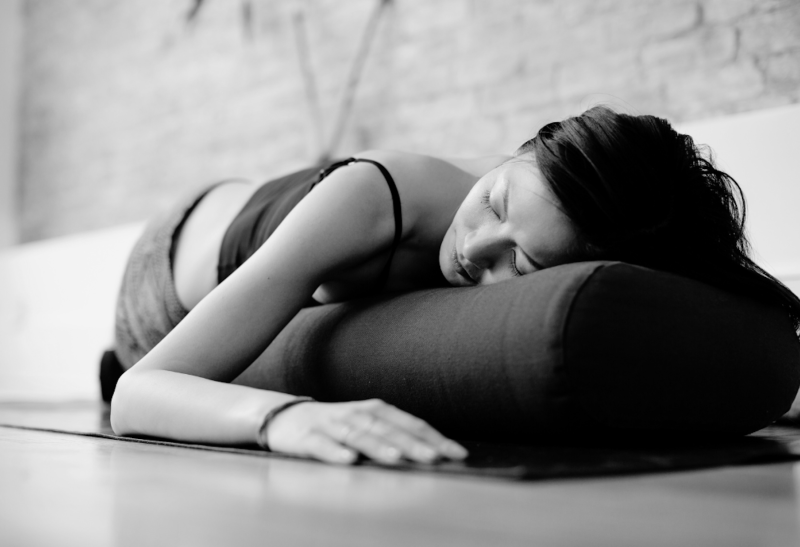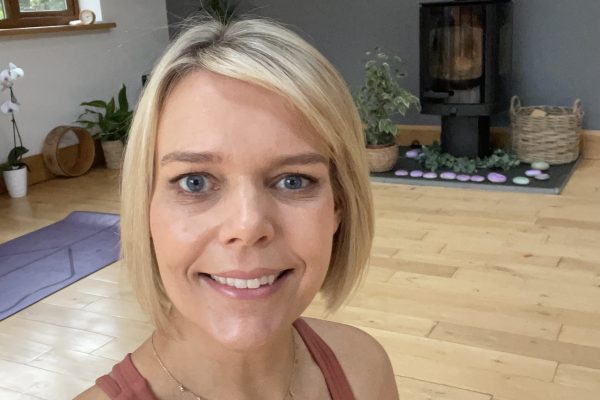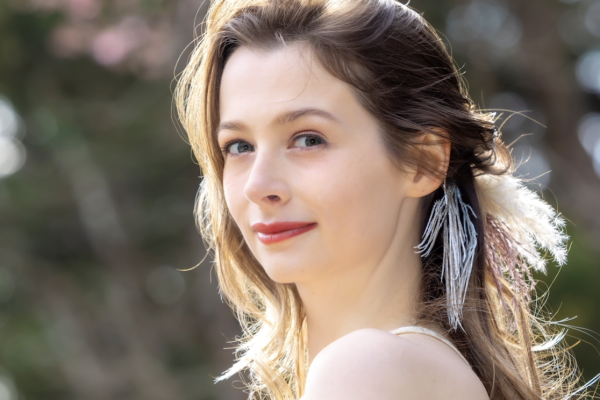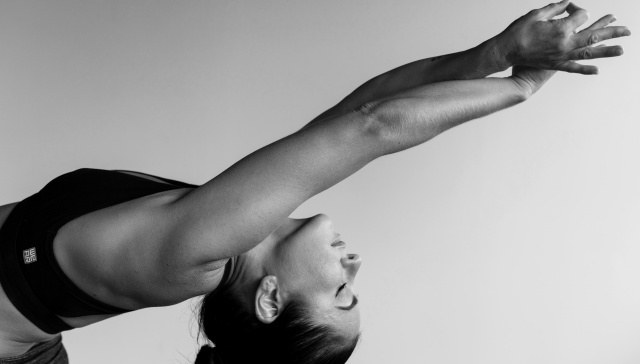Restorative Yoga

Restorative yoga: a gentle practice
Restorative yoga is a form of yoga that helps you relax and restore your body, mind, and soul. It's a gentle, therapeutic practice that involves the use of props such as blankets, bolsters, blocks, straps and pillows to support your body in each pose, in order to be able to stay in poses longer than usual. Holding poses for a longer time allows muscles to deeply stretch and has a strong grounding and relaxing effect on the body and the mind.
Unlike more vigorous forms of yoga, restorative yoga relies heavily on the use of props to encourages complete surrender and allows for an individual to settle into a deeply calming state of being.
The practice of restorative yoga can be traced back to its roots in India, where ayurvedic massage was practiced for thousands of years with the intention of promoting health and wellbeing. Ayurveda, which means the ‘science of life’ in Sanskrit, is based on the belief that health is created through balance between mind, body, and spirit. By incorporating props into poses and utilizing breathing techniques to ease tension in the body, practitioners are able to achieve this balance.
In addition to its physical benefits, restorative yoga can offer mental benefits as well. It can help reduce stress levels and cultivate a sense of inner peace by calming the nervous system. Restorative poses also provide an opportunity for increased self-awareness by allowing us to become mindful of our thoughts and feelings while in a relaxed state.
The benefits offered by restorative yoga make it an ideal practice for people seeking a balanced approach to health. Whether you are looking for physical relief from aches and pains or mental clarity during times of stress – or both – this healing practice can help guide you towards greater wellbeing.
Restorative yoga poses
Restorative yoga poses are passively held, supported postures that allow you to enter a deeply relaxed state and help to increase flexibility and mobility in the body.
Restorative poses can be used in other yoga practices, and most of the typical yoga poses can become restorative yoga poses by the use of props. Even standing poses can be restorative (you can use a chair to lean your head against it).
In Iyengar yoga, restorative sessions are organised on week 4 of Pune's schedule. Other types of yoga like Yin yoga or Somatic yoga are also using a lot of restorative poses.
Common restorative poses include Reclined Bound Angle Pose (Supta Baddha Konasana) which helps improve circulation, Supported Child's Pose (Balasana), which releases tension in the back and hips, and Legs Up The Wall Pose (Viparita Karani). Savasana or Corpse Pose is often used as a final resting pose after any other restorative yoga practice.
Each pose is meant to be held for an extended period of time - usually 5-20 minutes - allowing the practitioner to really sink into the pose and experience a deep sense of relaxation. Props such as bolsters, blocks, blankets and pillows can be used to support each pose if needed. Restorative yoga has many physical benefits such as improved posture, increased flexibility, improved digestion, better sleep quality and relief from aches and pains – but it can also have a deeper and more profound healing effect on the mind, body and spirit. When practiced regularly, restorative yoga can help to reduce stress levels while calming the nervous system, allowing practitioners to feel more relaxed and grounded in their everyday life.
How to get ready for a restorative yoga classes
The preparation for a restorative yoga class is important to ensure that you get the most out of your practice. Here are a few tips to help you prepare:
Firstly, make sure to wear comfortable clothes that are not too tight or not too loose or baggy as they may restrict movement. Also make sure you are warm so you can release your body in the poses.
It's also a good idea to have blankets, bolsters and blocks ready to use in the same room as they will be used as props during certain poses.
During class, use slow deep breaths and gentle movements to create a connection between your body and breath as you move through each pose. Remember to move slowly and stay in each pose for longer periods of time than in other yoga practices – this allows more time for relaxation and restoration.
When done correctly, restorative yoga can be incredibly powerful – offering a sense of deep connection and peace that is hard to achieve through other forms of exercise. To get the most out of your practice, it is important to find a qualified instructor with experience in teaching this type of yoga. With their guidance you can learn how to truly relax into each pose and experience the many benefits that restorative yoga has to offer.
Our Restorative Yoga teachers

Joanna Roffey

Tammy Mccann

 Live Yoga Teachers
Live Yoga Teachers
